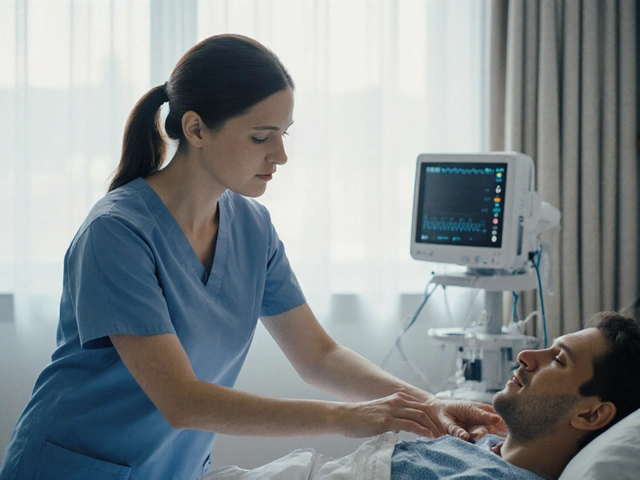Rolfing: What It Is and How It Helps Your Body
Rolfing changes the way your body holds itself, and that can change pain, posture, and how you move. It’s a hands-on method that works on fascia—the connective tissue that wraps muscles and organs. The goal is simple: free up stuck patterns so your body can stand taller and move easier.
Sessions are deep but gentle. A certified Rolfer uses slow pressure, stretches, and guided movement to soften tight fascia. Many practitioners follow a 10-session series that maps specific goals for posture and function. You can also get single sessions for focused issues like a stiff shoulder or recurring back pain.
Rolfing often feels different from a regular massage. It targets layers under the surface and looks for long-term change instead of short-term relief. People tell me they feel longer, less cramped, and more balanced after a few visits. Some notice quick relief; others see steady improvements over weeks.
What to expect in a session
First visit usually includes a chat about history and a posture check. You might stand, walk, or move while the Rolfer watches patterns. Sessions last 60 to 90 minutes. You’ll be on a table, mostly clothed, and the work can be firm. Communication helps—tell the practitioner if something is too intense. After a session you may feel sore, looser, or more aware of your body.
Is Rolfing right for you?
Rolfing can help people with chronic back or neck pain, poor posture, limited range of motion, or athletes who want better performance. It also suits anyone who feels “stuck” in tense habits. Not everyone should try it without medical advice. If you have recent fractures, active cancer, deep vein thrombosis, or certain inflammatory conditions, check with your doctor first.
Compared to other therapies on this site—like Feldenkrais for movement re-education or Hellerwork for structural change—Rolfing is more hands-on with connective tissue. Feldenkrais uses gentle movement lessons; Hellerwork blends talk with bodywork. Choose the method that matches your goals: pain relief, posture change, or movement learning.
How to find a good Rolfer? Look for certified practitioners with clear training and client reviews. Ask about their approach to the 10-series and whether they track progress. A trustworthy Rolfer will explain risks, aftercare, and suggest follow-up moves you can do at home.
Aftercare is simple: hydrate, rest when needed, and notice small movement changes. Short daily stretches and mindful posture checks help results last. If you want lasting change, plan several sessions and stay active between visits. Rolfing isn’t a quick fix, but for many people it’s a practical path to better posture, less pain, and easier movement.
Prices vary by location and practitioner. Expect to pay more for certified Rolfers and for long sessions; ask about packages if you plan the 10-session series. Many people space sessions one to two weeks apart to let the body adapt. Simple home habits — walking with an open chest, basic hip stretches, and mindful breathing — can speed progress and keep gains longer.
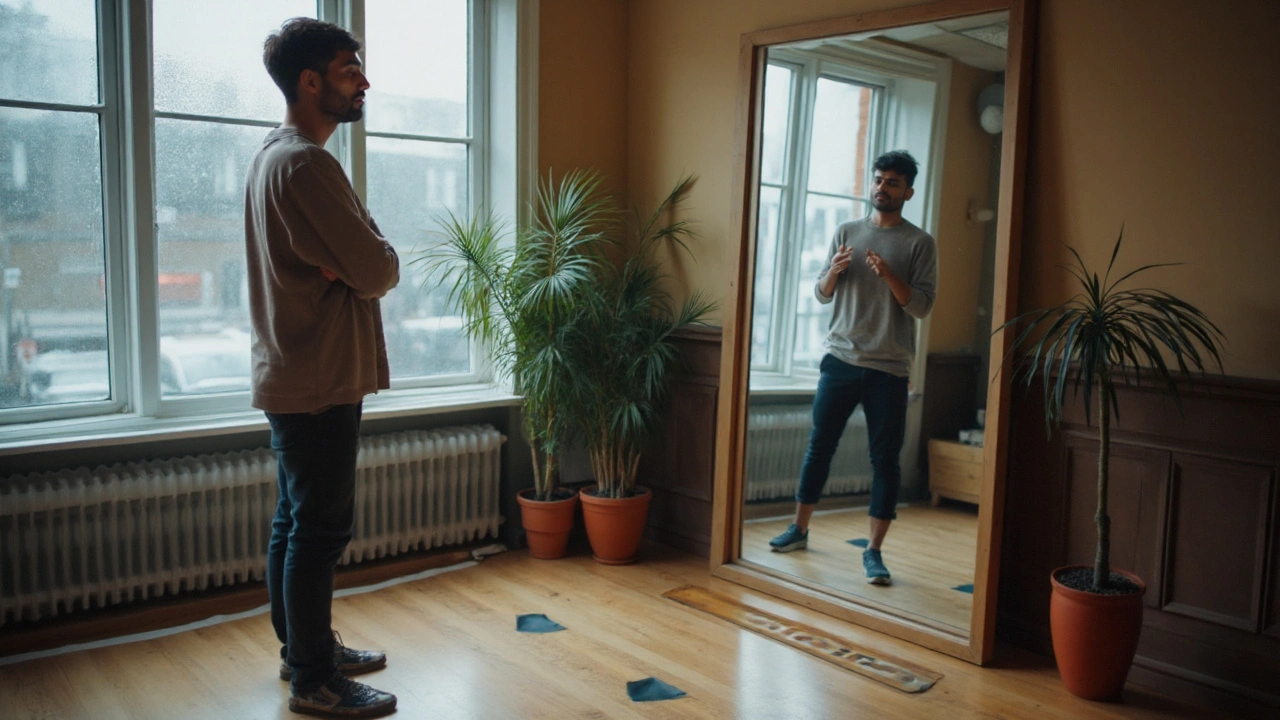
How Rolfing Improves Breathing Mechanics: Diaphragm, Posture, and Rib Cage Release
How Rolfing frees the rib cage, diaphragm, and posture so you breathe easier. Clear steps, tests, comparisons, and what to expect in sessions. Practical and honest.
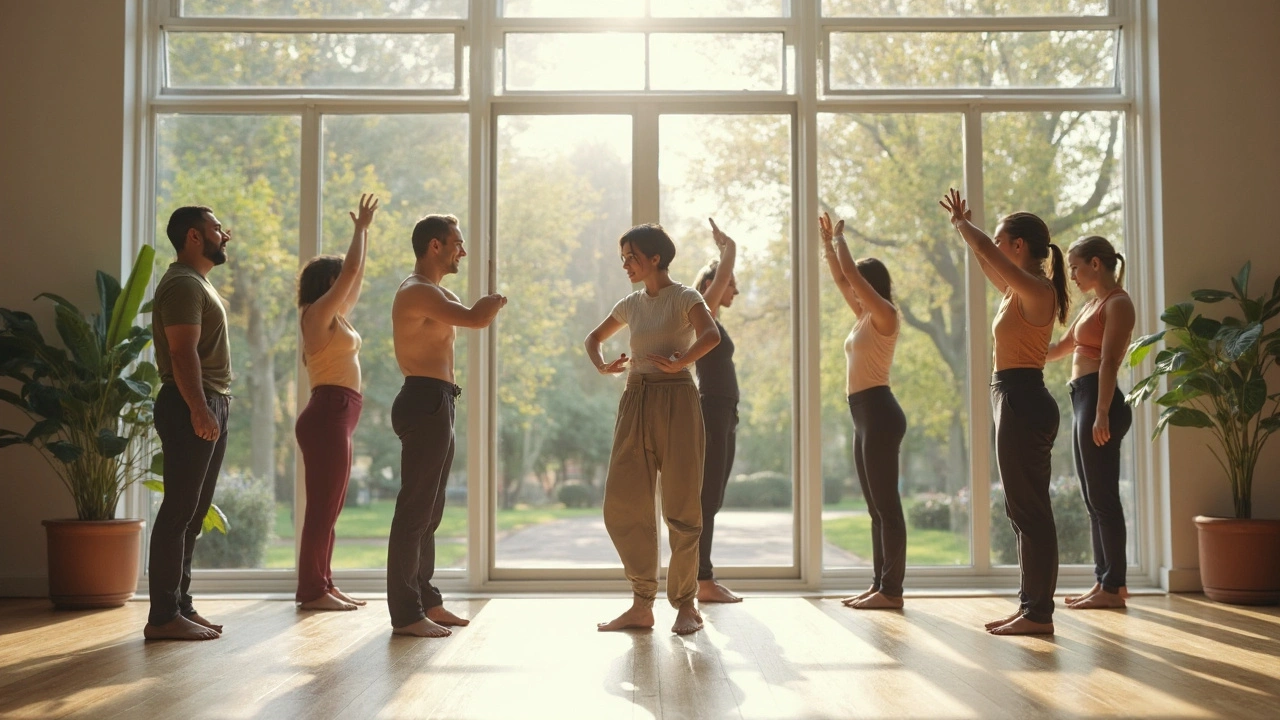
Rolfing: A Revolutionary Approach to Body Alignment That Could Change How You Feel
Rolfing is a hands-on method for improving body alignment and movement, offering a fresh take on chronic pain relief and posture issues. This article breaks down what Rolfing actually is, how it works, and who might benefit from it. It also gives real tips on what to expect before trying it. If you’ve tried everything from massages to physical therapy with little luck, Rolfing could be exactly what you need. Find out why this approach is gaining traction for people who want lasting change.
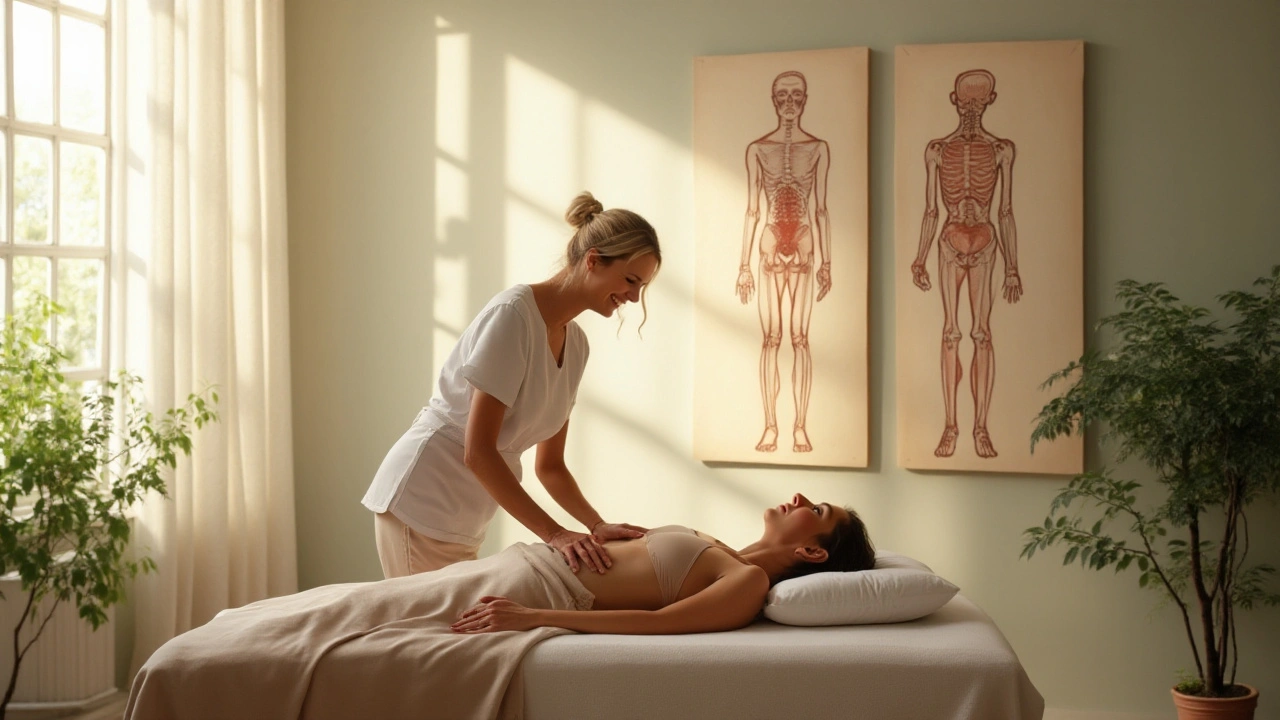
Rolfing: Discovering the Holistic Body Healing Technique
Rolfing is a holistic approach to body healing that focuses on re-aligning the body's structure through specialized touch and movement. This method aims to improve posture, alleviate chronic pain, and enhance overall well-being. By addressing the body's connective tissues, Rolfing seeks to bring balance and harmony to both body and mind. This article explores the principles, benefits, and what to expect during a Rolfing session.
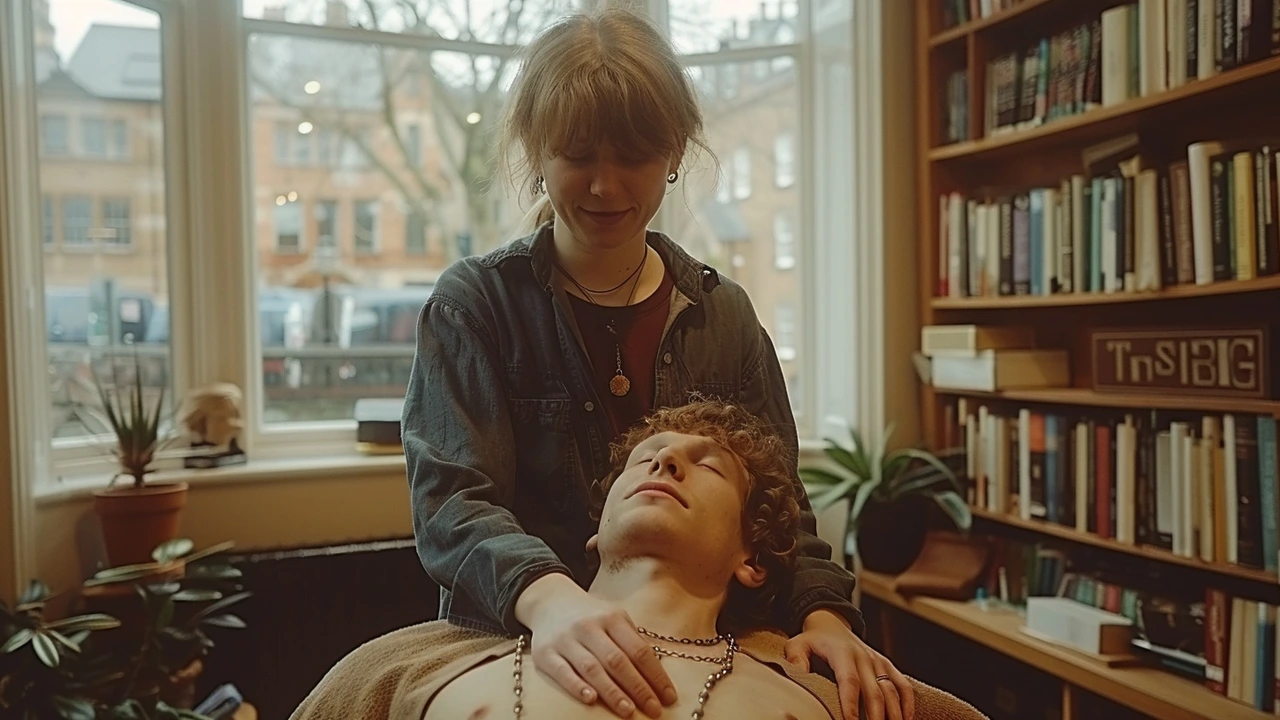
Rolfing Therapy: Traditional Techniques for Modern Health
Rolfing therapy is gaining traction as an effective solution for modern aches and pains. Delve into this holistic method, learn its origins, benefits, and practical tips on integrating it into your wellness routine. Discover how Rolfing can help improve body alignment and alleviate chronic discomfort.

Rolfing: A Non-Invasive Approach to Body Healing
Hey there! I've discovered a new technique called Rolfing, a non-invasive approach to body healing that's really got me excited. This holistic therapy holds so much promise for us guys, and I couldn't wait to share it with you. It works by manipulating the body's myofascial structure, promoting wellness and balance. Ready to explore the world of Rolfing with me?
Categories
- Health and Wellness (148)
- Alternative Therapies (86)
- Massage Therapy (40)
- Travel and Culture (15)
- Beauty and Skincare (9)
- Holistic Health (8)
- Health and Fitness (5)
- Spirituality (5)
- Other (2)
- Personal Development (2)
Popular Articles



